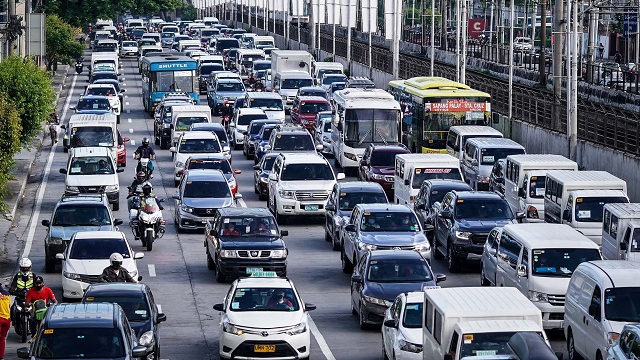
(SPOT.ph) Enhanced Community Quarantine is once again in effect in the Greater Manila Area (Metro Manila, Bulacan, Cavite, Laguna, and Rizal) from March 29 to April 4. Based on the general guidelines that have been released, there are restrictions in movement from one province to another, closure of non-essential services, and stricter curfews. Only Authorized Persons Outside of Residence can go out—a.k.a. a household representative tasked to buy basic essentials and workers in industries that are allowed to open. But unlike Enhanced Community Quarantine (EQC) rules in 2020, public transportation is allowed during this year's ECQ.
Also read: ECQ, Again: What to Expect During ECQ "Season 2"
Here are the official guidelines for public transportation during ECQ this week:
ECQ Public Transportation Rules
- Wear face masks and face shields
- No talking and making telephone calls
- No eating
- PUVs are to be kept well-ventilated
- Disinfect frequently
- Passenges with COVID-19 symptoms are not allowed inside public transportation
- Observe physical distancing
Railways
- Passenger capacity is from 20 to 30%. For LRT-1, there should only be 370 people per train set; 274 pax per train set for LRT-2; 372 pax per train set for MRT-2; and 310 pax per train set for PNR.
- Since ECQ week coincides with Holy Week, which happens to be the schedule for the railways' annual maintenance, LRT-1 and LRT-2 are suspending operations from March 31 to April 4; the MRT-3 has no operations from March 30 to April 4. The PNR is suspending operations on April 1, except for the Calamba-Tutuban Trip; and temporarily shutting down from April 2 to 3.
Public Utility Vehichles
- All public utility vehichles (buses, UV Express, jeepneys, shuttles, tricyles, taxis, and TNVS such as Grab) are allowed 50% capacity, whether or not there are plastic barriers. This means:
- One passenger for tricycles
- Two passengers per row and one passenger on the driver's row for taxis and TNVS
- Two passengers per row and one passenger on the driver's row for UV Express
- One seat apart rule for buses and jeepneys
- Entry of provincial buses with only Authorized Persons Outside of Residence as passengers shall be allowed provided that these are point-to-point trips.
- PUV operators and drivers must ensure that their respective QR codes (Special Permit) are displayed on the vehicles.
- PUVs are required to have markings that indicate where passengers can sit.
- Public transport terminals are required to have isolation areas and medical personnel.
[ArticleReco:{"articles":["85652","85635","85661","85624"], "widget":"Hot Stories You Might Have Missed"}]
Hey, Spotters! Check us out on Viber to join our Community and subscribe to our Chatbot.
Source: Spot PH
No comments:
Post a Comment